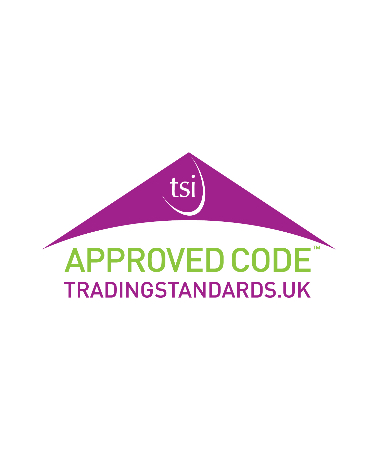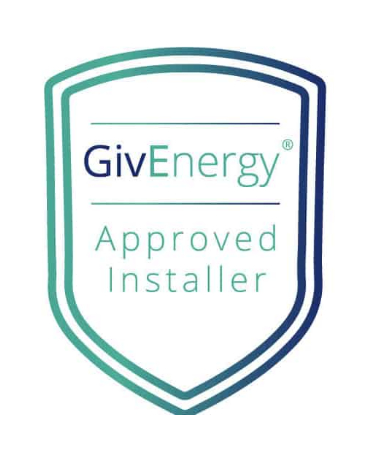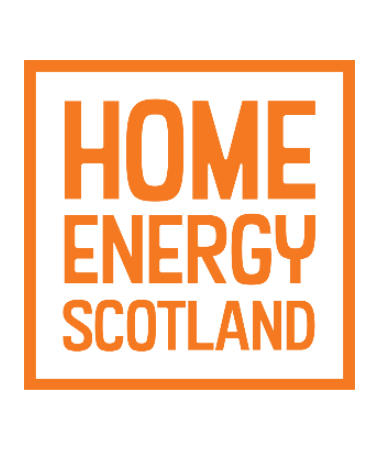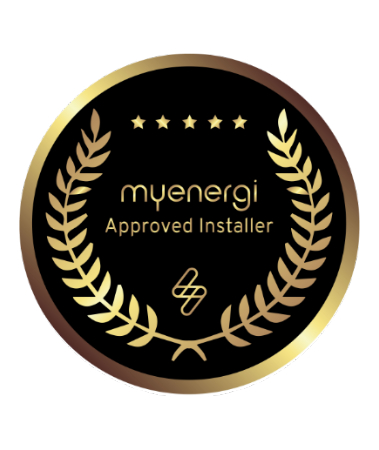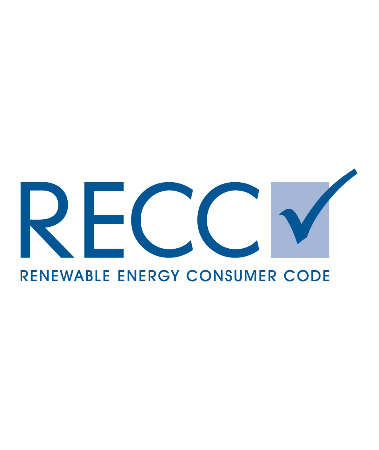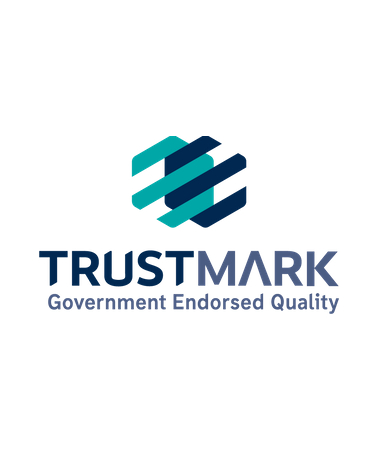by Alltech Solar & Electrical
For most Tier 1 solar panels, the degradation rate is . 30% meaning that each year, the panels performance is reduced by . 30%. Over 25 years, that adds up to a total of 6.96% meaning your panels will operate at 93.04% of their original capacity in 2045.
Manufacturers design solar panels to last for decades. According to the Solar Energy Industries Association (SEIA), solar panels last between 20 and 30 years. Some well-made panels may even last up to 40 years.
The morning sun will be reflected off an east-facing roof, whereas the afternoon and evening sun will reflect off a west-facing roof. As north-facing roof orientations are not ideal for solar energy capture, Solar Together does not provide recommendations for north-facing systems.
Neighbours can express their concerns, but they can't necessarily prevent you from installing solar panels, provided your project adheres to planning regulations and Permitted Development guidelines. However, it's essential to consider their concerns and attempt to address them where possible.
There is no limit to the number of solar panels you can have but there is a limit on how many solar panels can fit on your roof. When calculating this, it's always important to ensure that there is enough space for them and that the structure of your roof can support the weight of the solar panels.
You need only apply for full planning permission (flats) or householder planning permission (houses) to install a solar panel when any of the following apply: it would protrude more than 20cm from the external surface of the wall or roof slope, when measured perpendicularly.
Yes, installing solar panels on a flat roof is possible. It can even offer easier installation and maintenance compared to angled roofs. You can even install in roof solar panels on your flat roof.
